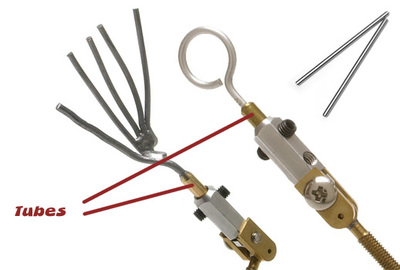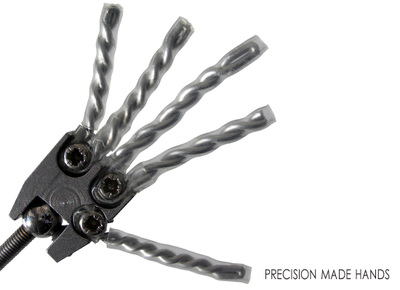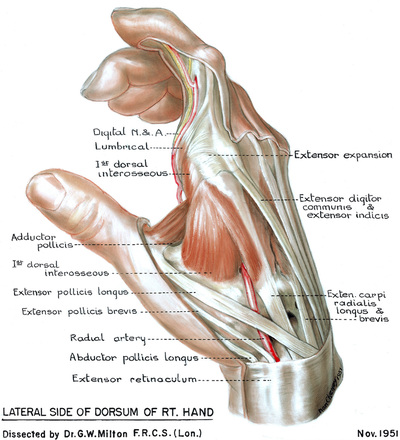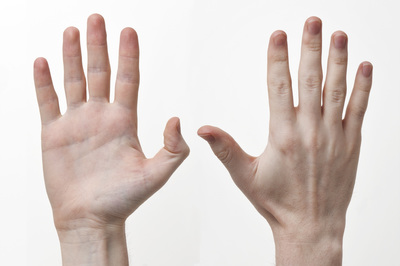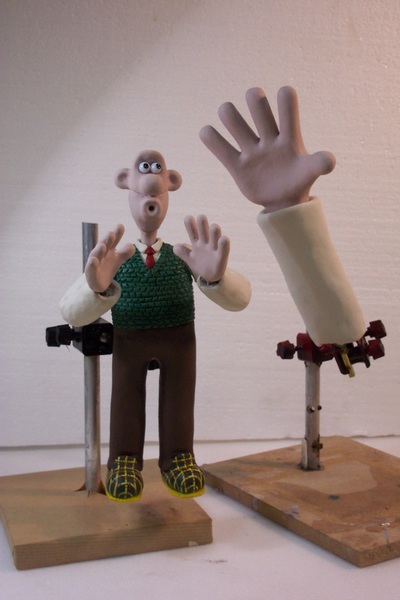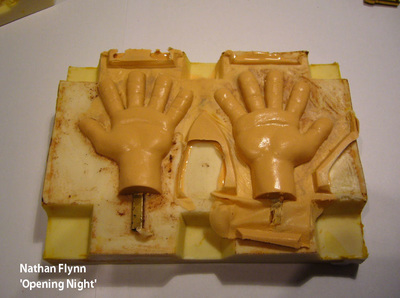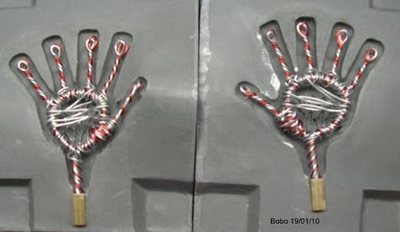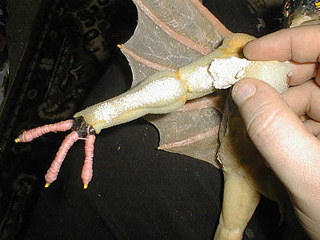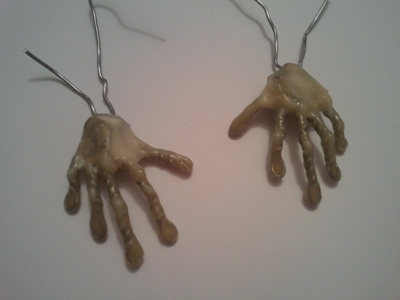Making a Latex Hand in a build up technique over a wire armature
|
ACE – Technical Workshop Descriptor
Mary Murphy Technical Instruction Area: Animation - Stop Motion Studios Academic Programme/Level/Workshop code: BA2 - Developing Collaborative Practice Room Number: 4B03 Maximum Numbers Possible: 12 Key processes/Technologies covered
Thermoplastic - Polymorph Epoxy Putty - Milliput Polymer clay - Sculpy/Fimo |
Technical Learning Objectives:
This workshop session is delivered in advance of the more challenging "Building a wire armature" and and "skinning and dressing your puppet" sessions. It aims to introduce students to the core processes and materials used in the full completion of a prototype character through a highly relevant but simple and less time consuming exercise. (making a hand) Through demonstration and supported practical exercise, students will actively engage in interpreting their own "design" work in the contest of a real fabrication arc. Extension tasks should allow independent refinement and development of the associated craft. Associated Module Outcomes: Students on this module should be given training and support in the following:
|
General overview of pipeline with a range of examples.
Step 1
Working with the director, modelmaker and animator, the designer will produce a series of design documents (concept art, macquettes, mood boards and design sheets, ending with a scale drawing.
Working with the director, modelmaker and animator, the designer will produce a series of design documents (concept art, macquettes, mood boards and design sheets, ending with a scale drawing.
Step 2
Working with armature wire or Ball and socket joints (large scale and high budget only) a flexible skeleton is designed to the proportions dictated by the scale drawing. A simple "cartoon" hand requires little detail on the armature, a more advanced "Human" character may require some anatomical study and prototype development.
Working with armature wire or Ball and socket joints (large scale and high budget only) a flexible skeleton is designed to the proportions dictated by the scale drawing. A simple "cartoon" hand requires little detail on the armature, a more advanced "Human" character may require some anatomical study and prototype development.
Sidebar - you may want to investigate the industry pipeline at this point in your study. For durability and consistency across multiple stations and characters mould making and casting technologies are most commonly incorporated into the pipeline once a "final design" has been agreed.
Step 4
Using a range of materials, plasticine, latex, foam or fabric the flexible "skin" of the hand is added/built up to create a hand and lower forearm capable of precise movement.
Using a range of materials, plasticine, latex, foam or fabric the flexible "skin" of the hand is added/built up to create a hand and lower forearm capable of precise movement.
A more comprehensive overview of the materials and processes will be covered in the following 2 sessions - Armature building and skinning the puppet.




